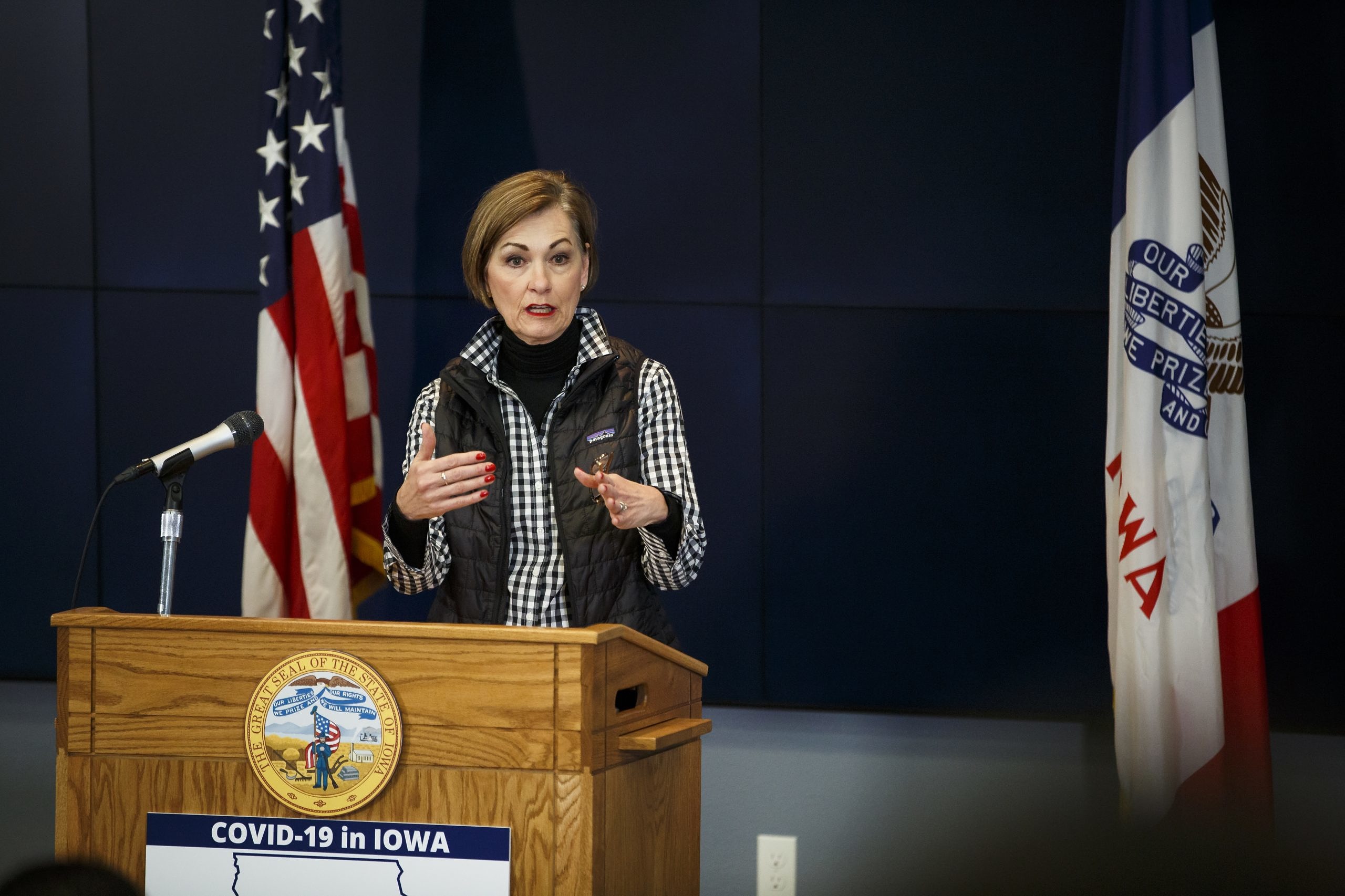After testing waterways at about 2,000 sites during 2008 and 2009, the U.S. Environmental Protection Agency has concluded that 55 percent of rivers and streams in the country are “in poor condition for aquatic life.” One of the biggest problems was nutrient pollution from excessive levels of nitrogen and phosphorus. Reduced vegetation cover near streams also contributed to poor water quality. Only 21 percent of U.S. river and stream length was judged to be in “good” condition, with another 23 percent in “fair” condition.
Compared to an EPA survey conducted in 2004, the latest data show a smaller percentage of rivers and streams in good condition and a higher percentage in poor condition.
An EPA summary of the key findings is after the jump. You can find more data on the National Aquatic Resource Surveys here, including this two-page fact sheet (pdf) and the full draft report (pdf). Iowa is part of the “temperate plains” region, discussed on pages 78 through 80 of that report. I’ve posted an excerpt below. Only 15 percent of rivers and streams in the temperate plains region were judged to be in good condition; 55 percent were in poor condition.
Iowa should reject the all-voluntary nutrient reduction strategy favored by agricultural interest groups. Given the awful state of our rivers and streams, we need some mandatory steps to reduce nutrient pollution, including numeric standards for nitrogen and phosphorus. Both EPA staff and environmental advocates in Iowa have called for strengthening the nutrient reduction strategy. Unfortunately, Iowa Secretary of Agriculture Bill Northey has a firmly closed mind.
Continue Reading...



